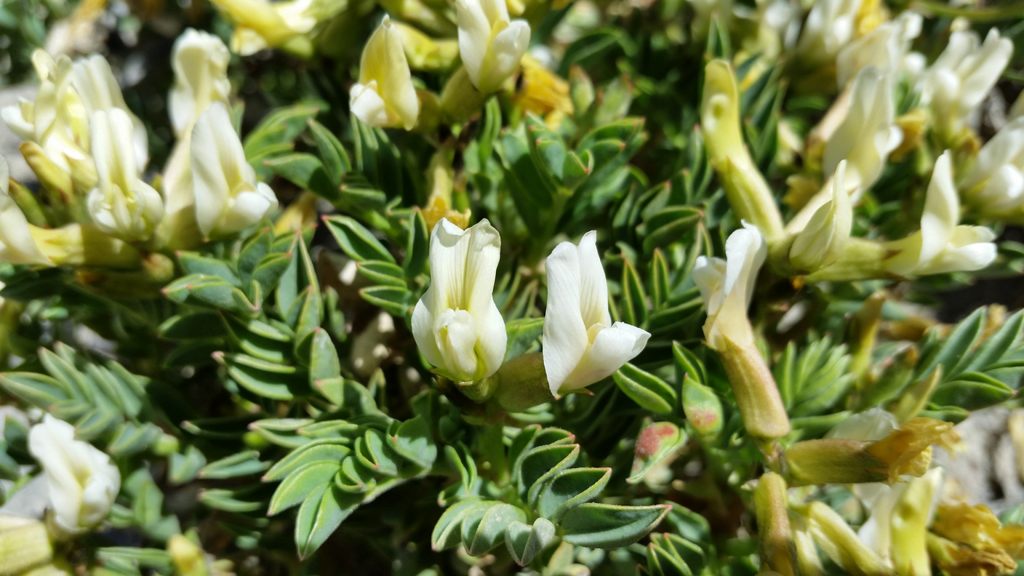≡

(Tap or click to view all images.)
Photo by M. A. “Ben” Franklin; M. A. “Ben” Franklin; sheriff_woody_pct; evolvulux; evolvulux; M. A. "Ben" Franklin; M. A. "Ben" Franklin
M. A. “Ben” Franklin; M. A. “Ben” Franklin; Matt Berger; evolvulux ; evolvulux; M. A. "Ben" Franklin; M. A. "Ben" Franklin
Cisco Milkvetch
Astragalus sabulosus
NatureServe conservation status
Global (G-rank): G2
State (S-rank): S1
External links
Phenology
Flowers from late March to May
Species range
This species is endemic to the Grand River Valley in Grand County, Utah.
Threats or limiting factors
As a narrow endemic, this species has a limited range and a naturally small number of individuals, making it inherently more vulnerable to threats and less resilient to changes in its environment. Primary threats include habitat loss and destruction from recreation, grazing, drought, invasive plant species, road maintainence, and energy developments.








